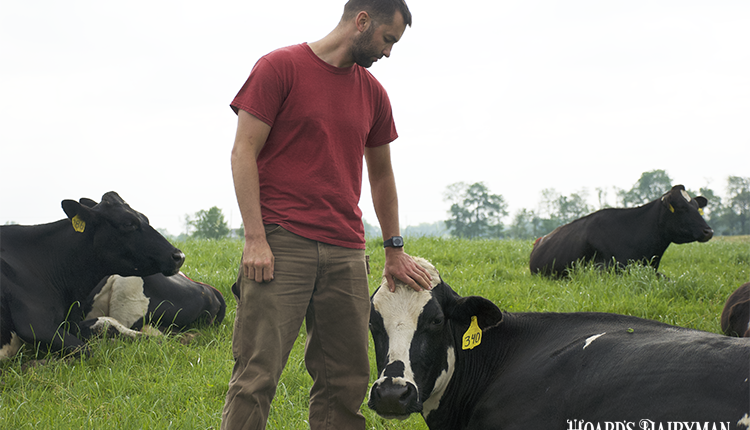
In times of stress and uncertainty, it’s easy to succumb to the frenzy and focus heavily on what’s outside our control. What we must remember is that much is still in our control. This includes our most important assets — our people and our animals.
But where and how do we even begin to ensure that human resources and animal care are managed with a sense of continuity and normalcy — especially when both of those are in extremely short supply?
Farms that have succeeded at that in these times share some key similarities: Each reemphasize the best-management practices the FARM program has stressed for more than a decade.
Weathering the storm
Writing protocols is likely one of the least fun jobs on a dairy, and it is often the task for which the FARM program sees the least enthusiasm. But in in times like today, protocols are invaluable for weathering a storm.
Giving all the members of your team reminders of their normal, daily tasks through protocol review and execution creates comfort. This action provides reassurance by reminding staff of known tasks and routines that continue despite unusual situations. Protocol review and implementation reinforces a sense of purpose and steadiness that can otherwise be lost.
Don’t ever forget this fact — you and your team are producing nature’s most nearly perfect food for the rest of the country and the world. That larger truth can be lost in confusing times. But the use of protocols to convey the bigger picture and the critical importance of each person’s role serving dairy and the broader community becomes ever more important when put in the context of the current crisis.
Training provides more options
No one ever wants to have to manage through an emergency. COVID-19 presents the possibility of illness that could directly impact all functions on the farm.
That reality raises critical questions:
- What happens when you get sick?
- Or a full shift of milkers shows symptoms?
- What if, even worse, both occur at the same time?
Decisions need to be made quickly, and operations cannot simply halt just because critical individuals can’t fulfill their roles. That’s the value of training and cross-training, especially in the critical areas that present the largest adverse effects to workers and animals. Continuous training and education opportunities for all individuals with animal and worker management responsibilities ensures that an emergency quickly can become manageable.
Worker health and safety
While all efforts of maintaining business continuity and good animal care are important, none are more important than the health and safety of the people working alongside you. All efforts need to be made to keep farm workers safe in their work environments, regardless of whether a pandemic is occurring.
The FARM program’s newest suite of resources, which are focused on workforce development (human resources and safety), can help farms identify best practices related to these areas. FARM and NMPF staff have also worked to develop COVID-19-specific guidelines for farmers and their workforce, housed on the NMPF website’s coronavirus webpage, to consider so that all of those essential to the dairy remain safe and healthy.
The current crisis underscores the absolute necessity of a safe and healthy workforce. Written, well-communicated protocols, along with training, are essential to ensuring continuity of the operations. FARM can help. The FARM Program offers a robust suite of trainings, protocol templates and workforce-related materials at www.nationaldairyfarm.com.







